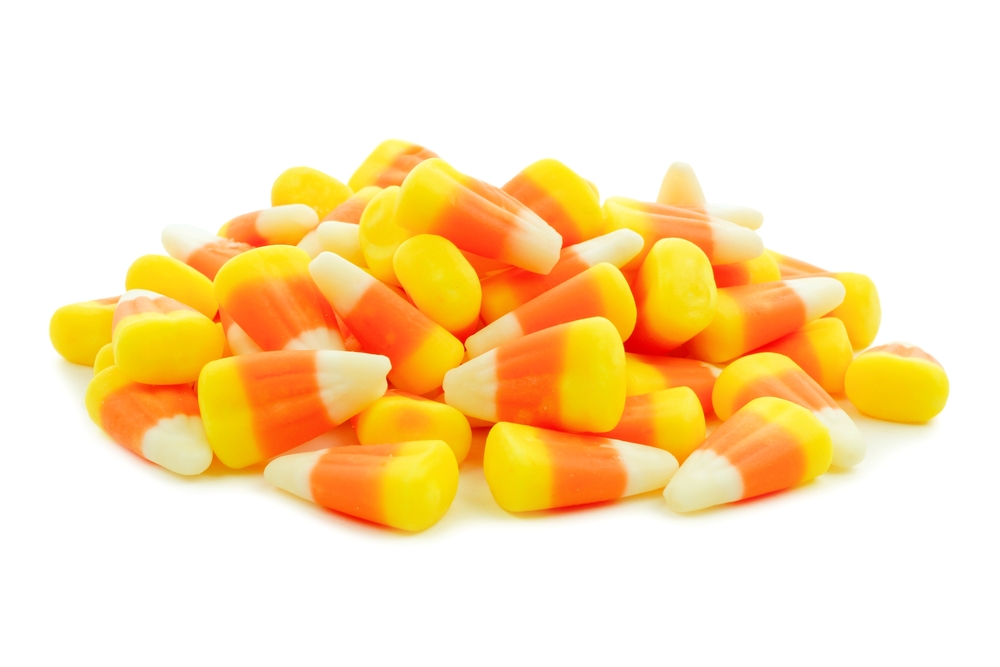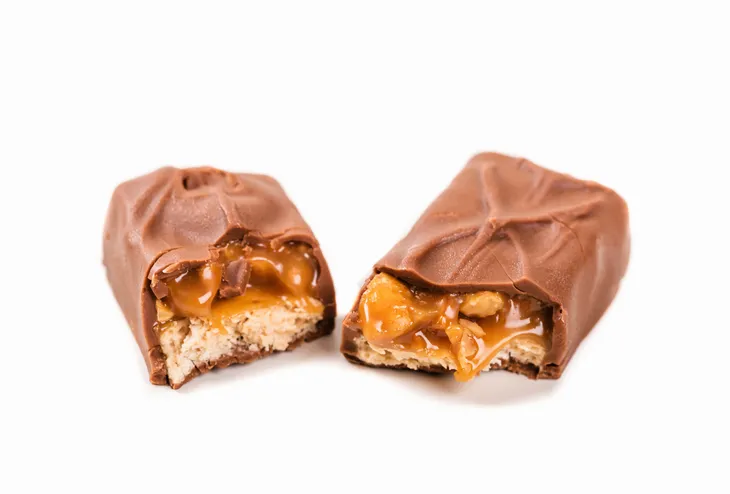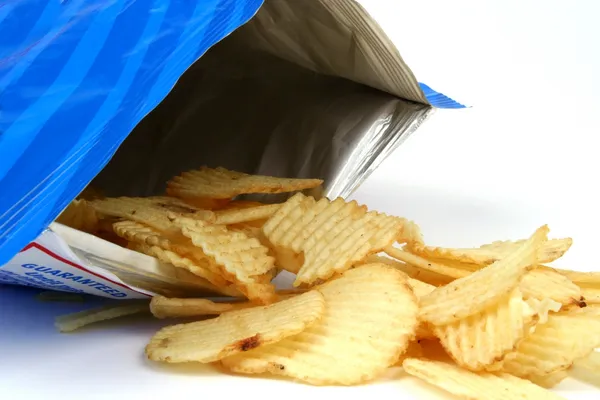Halloween – it can be a real treat for kids and parents alike, but some of the edible items that are given out while going door-to-door can play a nasty trick on your health.
However, Halloween doesn’t just have to be about sugar-filled candy that makes kids’ heads spin. There are alternatives that still taste great and remain in the spirit of the occasion – without the extreme sugar rush (and crash) after. These 12 suggestions can be a guideline for which candies to let your kids indulge in, as well as which candies to buy to give out…
Embrace Chocolate From The Dark Side
Chocolate is a hard thing to resist, with that sweet taste that sends happiness to your brain. However, we all know that milk chocolate is not exactly in the “healthy snack” category.
However, dark chocolate without all the added sugars is a different story. In fact, Men’s Journal says dark chocolate can actually be good for the heart (but it has to have at least 70-percent cocoa content to reap the benefits.) While many brands of dark chocolate are still quite high in fats, you’ll also get healthy flavonoids (antioxidants), it adds.
Avoid Getting Butterfingers
It’s hard to deny how delicious a Butterfinger candy bar is, but hidden inside its seductive flavor is hydrogenated fat, which is the “absolute worst offender,” explains Best Health magazine.
These hydrogenated oils can raise your risk of developing chronic issues such as heart disease, according to the source. It suggests making sure these oils (namely hydrogenated palm kernel oil) aren’t high on the list of ingredients printed on the package.
Dum Dums Are a Smarter Choice
Kids love lollipops – we mean, what’s not to love about a sucker that gives a sweet flavor hit for 10-minutes or so? Men’s Journal says that among the lollipop family, Dum Dum lollies are a-ok because they’re a “perfectly sized classic.”
Apparently lollipops are a good choice for those with a sweet tooth, and this variety is “portion controlled” and takes some time to eat, adds the source. It’s still full of sugar, but less so than chewy candies that can be popped one after the next, it adds.
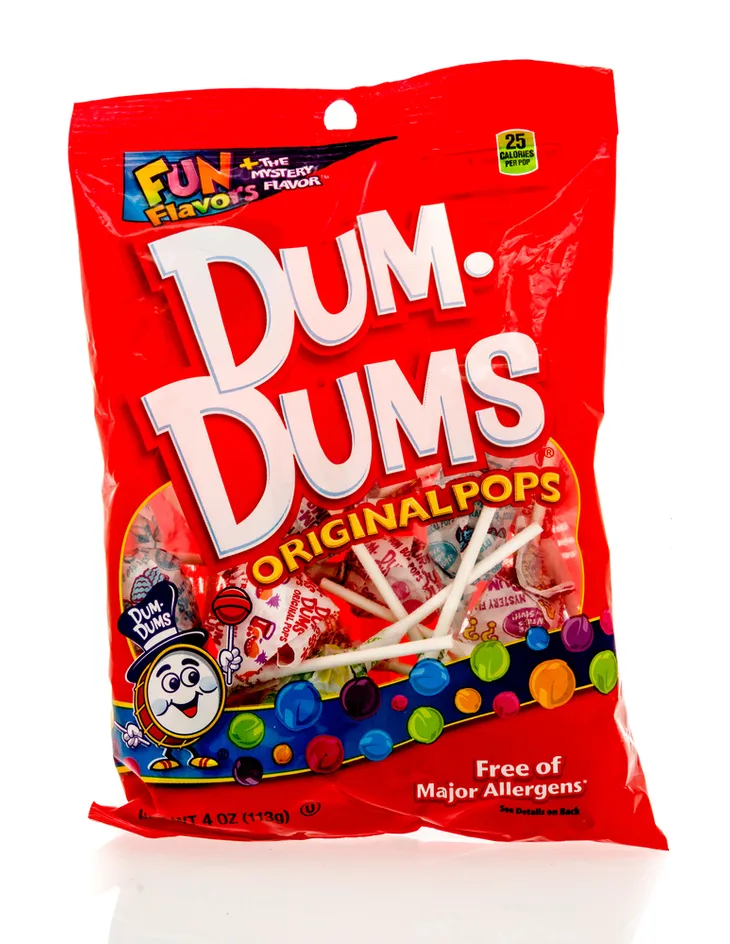 Keith Homan / Shutterstock.com
Keith Homan / Shutterstock.comBeware Peanut Butter Pumpkins
Woman’s Day says that while standard Reese’s Peanut Butter Cups (which are peanut butter and chocolate together, pretty much impossible to resist) are about 88-calories each, there are special Halloween-themed versions that crank that number up.
The source notes this is the time of year when the Reese’s Peanut Butter Pumpkin makes a limited appearance, and each one packs about 180-calories according to the source. It suggests trying Justin’s Milk Chocolate Peanut Butter Cups, which are apparently organic and even contain protein.
Go Ahead, Eat Three Mini Musketeers Bars
Men’s Journal explains those tiny little candy bars that people drop into your kid’s loot bag aren’t usually a big problem. These mini square-shaped treats are smaller than the “fun size” or “snack size” options, and help maintain portion control, it adds.
When it comes to brands of mini bars, the source says 3 Musketeers is the lowest on the offender’s list, weighing in at 24-calories and less than 1-gram of fat each. It doesn’t say what’s inside the other varieties, but you can find this out yourself by closely checking labels.
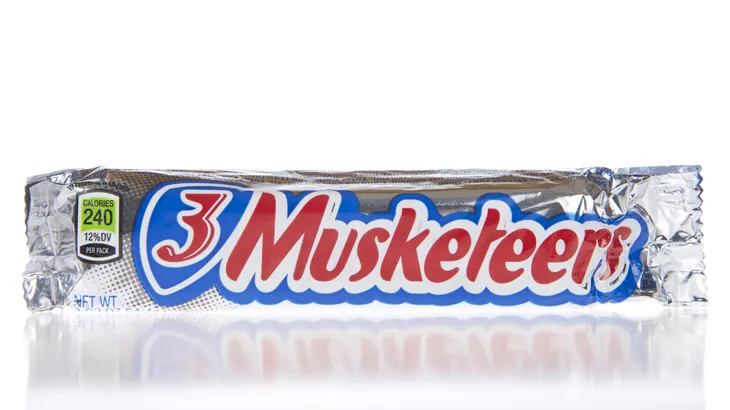 Sheila Fitzgerald / Shutterstock.com
Sheila Fitzgerald / Shutterstock.comScorn For The Corn
Corn is a healthy side at dinnertime, but the candy variety is nowhere close in terms of any nutritional value. “Not surprisingly, candies masquerading as vegetables don’t offer as many health benefits,” jokes Woman’s Day.
Candy corn is a particularly bad choice to let your kids eat because it’s basically just sugar and food coloring, adds the source. There are no healthy fats or proteins, and despite their absence candy corn still carries 150-calories per ounce, it explains.
Smarties Are a Wiser Choice
Obviously you don’t want to let kids shovel these delicious round candies into their mouths by the handful, but as far as Halloween candy is concerned, Smarties are one of the smarter choices, according to Reader’s Digest.
By the way, when Reader’s Digest talks about Smarties, it’s not referring to the chocolate-filled candies of the same name in other countries – it’s talking about the multi-colored candies that come in a roll (which are 25-calories each, but with 6-grams of sugar).
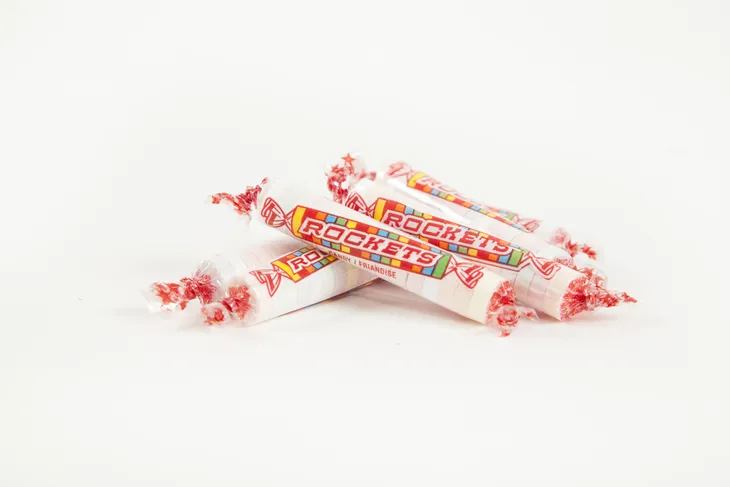 Christopher Gardiner / Shutterstock.com
Christopher Gardiner / Shutterstock.comSnickers Are Nothing to Smile At
Okay, we admit these candy bars do a good job of being delicious, but as Woman’s Day points out, taste is about all they’re good for. It says this product “is filled with everything healthy eats shouldn’t have – nougat, caramel and, of course, chocolate.”
It notes that caramel is a big offender when it comes to tooth decay because it works its way into crevices between teeth that the toothbrush might miss. Tooth decay, as you probably already know, leads to cavities. It suggests looking for candy bars that have a “non-dense, airy filling” to avoid this problem.
Don’t Chip Away Your Health
Chips are made of potatoes, and potatoes are generally good for you, so chips are good for you, right? Not so much. These “deep-fried wonders” are loaded with fat and sodium, which makes them delicious, but not that friendly to your body, says Best Health mag.
It suggests to limit yourself to one serving and try to avoid the flavored varieties (such as barbecue) that can almost double the number of calories in some cases. There are baked chips out there with fewer calories and less fat, so if you’re lucky enough to find some of these among your Halloween loot, it’s probably okay to indulge within reason.
Bursting With Sugar
Woman’s Day warns against consuming too many chewy Starburst candies, which are individually wrapped. While each piece is only 15-calories, it’s easy to get carried away because they’re quite tasty.
In fact, each packet of 10-candies contains about 22-grams of sugar and “is loaded with fat,” says the source. Because they’re chewy, they also have a tendency to stick to teeth, which can raise the risk for cavities, it adds. “Even if you don’t see any colorful bits in your child’s mouth, there still may be invisible sugar lingering on teeth,” it warns.
 Jennifer Wallace / Shutterstock.com
Jennifer Wallace / Shutterstock.comListen to the Pep Talk
Reader’s Digest says each refreshing little York Peppermint Pattie contains 50-calories and 1-gram of fat – which is pretty good in the world of treats. It’s “lower in calories and fat than heavier chocolate treats,” and it even freshens your breath, it adds.
However, don’t be completely fooled by this product – while it’s okay to indulge a bit, keep in mind that each pattie contains 9-grams of sugar. So if you don’t want your kids bouncing off the walls after they’ve finished trick or treating, perhaps save them for earlier the next day.
 Keith Homan / Shutterstock.com
Keith Homan / Shutterstock.comStay Clear of Taffy
Men’s Journal says taffy can come in different forms, such as salt-water taffy or brand name versions (such as Laffy Taffy). “And while none of these options are incredibly high in calories or fat, they’re all prime cavity-causing candidates, which means you might want to steer clear,” it explains.
That’s because taffy generally has a sticky texture that can work its way into hard-to-reach places in your teeth and lead to tooth decay. We know how hard it is to resist these, especially when they’re bite-sized, but perhaps keep them out of your kids’ sight unless you enjoy dentist bills.
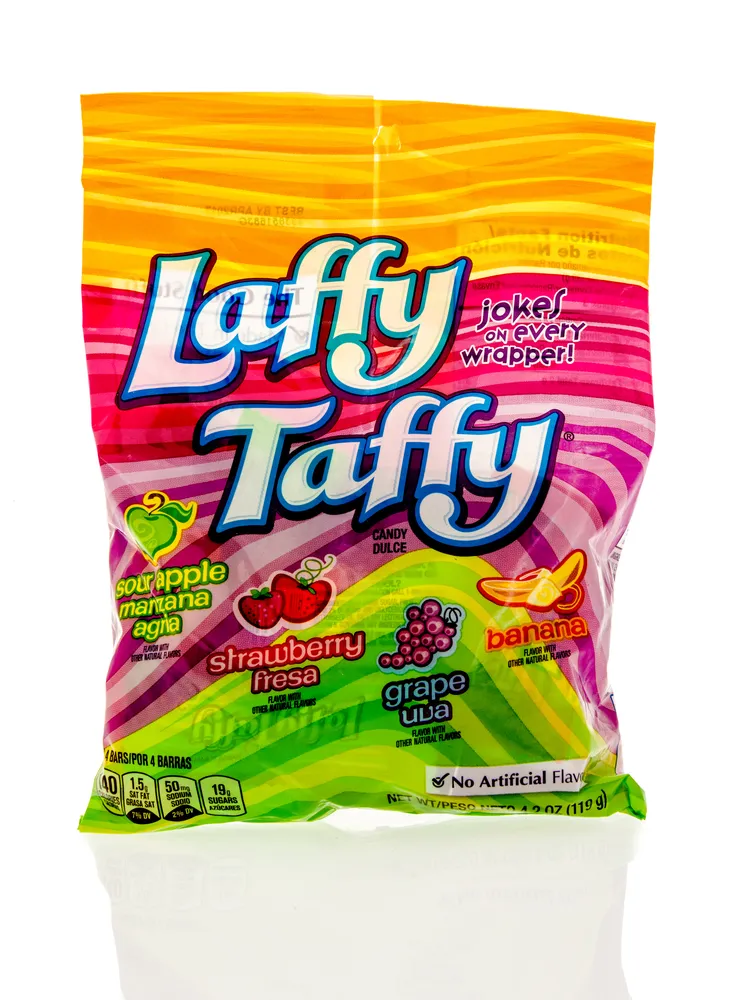 Keith Homan / Shutterstock.com
Keith Homan / Shutterstock.com